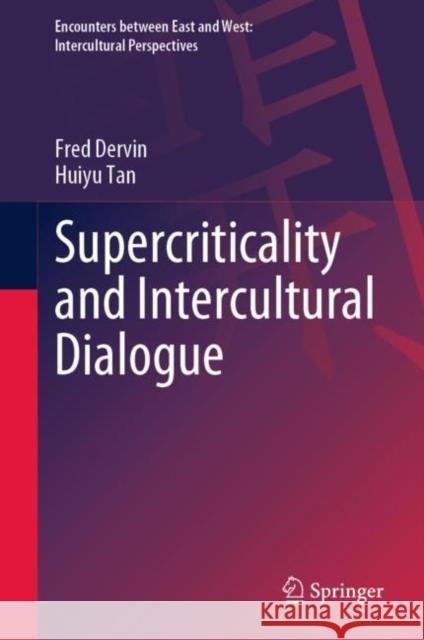Supercriticality and Intercultural Dialogue » książka
Supercriticality and Intercultural Dialogue
ISBN-13: 9789811975714 / Angielski / Twarda / 2022 / 158 str.
Supercriticality and Intercultural Dialogue
ISBN-13: 9789811975714 / Angielski / Twarda / 2022 / 158 str.
(netto: 443,66 VAT: 5%)
Najniższa cena z 30 dni: 462,63 zł
ok. 20 dni roboczych.
Darmowa dostawa!
This book offers a snapshot of interculturality as a complex, unstable and highly political object of research and education when it locates at the centre of multifaceted dialogues between teachers and students; students and students; teachers, students, scholars and readers. The context of the book is a Chinese course on intercultural communication education where students engage with local and international teachers. By listening to the intriguing and stimulating voices of these students in dialogue with the teachers, the reader also has the opportunity to enter the intercultural world of Chinese youth, beyond stereotypes. The unique approach proposed in the book is of interest to students, teachers of intercultural communication education, teacher educators, researchers and anyone wishing to build up supercriticality in relation to the fascinating notion of interculturality.The book contains 15 chapters and revolves around five main dialogues between the students and their teachers. Following each dialogue, the floor is given to the students to react to the dialogues and to share their views on questions that emerged from the main dialogues. The book conveys the authors’ excitement about approaching interculturality in supercritical ways, engaging in the process with multiple voices.
This book offers a snapshot of interculturality as a complex, unstable and highly political object of research and education when it locates at the centre of multifaceted dialogues between teachers and students; students and students; teachers, students, scholars and readers. The context of the book is a Chinese course on intercultural communication education where students engage with local and international teachers. By listening to the intriguing and stimulating voices of these students in dialogue with the teachers, the reader also has the opportunity to enter the intercultural world of Chinese youth, beyond stereotypes. The unique approach proposed in the book is of interest to students, teachers of intercultural communication education, teacher educators, researchers and anyone wishing to build up supercriticality in relation to the fascinating notion of interculturality. The book contains 15 chapters and revolves around five main dialogues between the students and their teachers. Following each dialogue, the floor is given to the students to react to the dialogues and to share their views on questions that emerged from the main dialogues. The book conveys the authors’ excitement about approaching interculturality in supercritical ways, engaging in the process with multiple voices.











